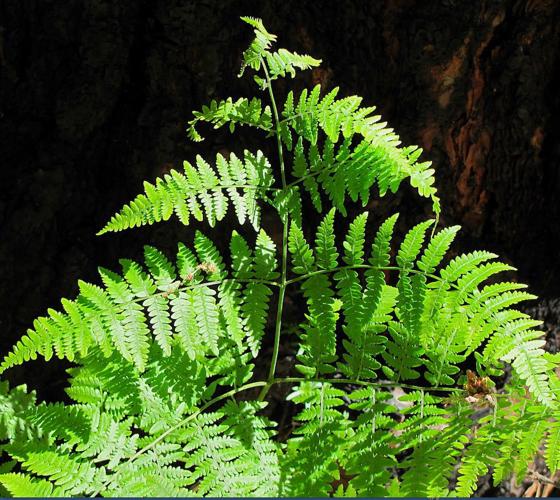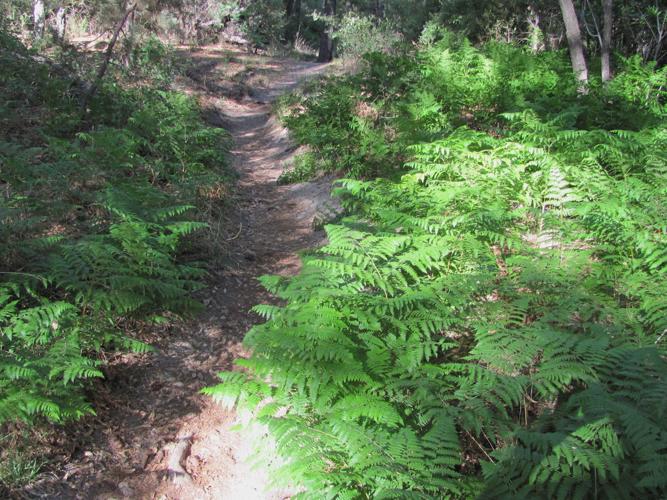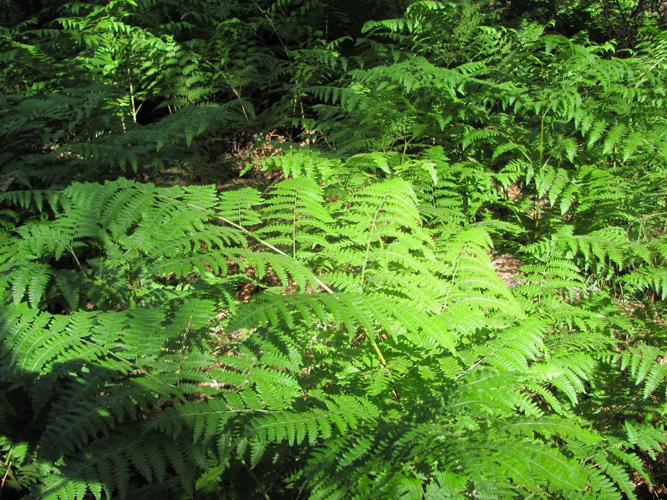Take a walk in the Catalina Mountains this month and you’ll likely see plants similar to those you might have seen if you could have wandered through a mountain forest 100 million years ago.
They are bracken ferns — striking plants with emerald green fronds that look about the same as they did when dinosaurs still roamed the Earth.
Brackens “are true ferns and they generally go back to the Jurassic time” 199 to 145 million years ago, said Adam Farrell-Wortman, horticulturist at the Tucson Botanical Gardens.
That feat of survival is remarkable. But Farrell-Wortman noted that bracken ferns are unusual in another way: They don’t grow from seeds, but rather reproduce by making spores, which are spread by the wind.
“A spore lands on the ground and if it’s in the right location, it will start to grow,” producing roots and fronds that gradually unfurl to full-fern size, he said.
Bracken ferns also can propagate by sending out rhizomes — creeping stems usually existing underground.
GLOBAL FERNS
“The other cool thing about that genus is that it grows worldwide,” Farrell-Wortman said.
“The only places they don’t grow are extreme deserts,” which include hot deserts and icy mountaintops, he said.
DON’T EAT FERNS
“There is debate about how edible they are,” Ferrell-Wortman said. “Since they are so ubiquitous around the world, some people eat them and some people think they are poisonous. It’s a bit of both.”
Ferns do contain some toxins, he said, but people in some parts of the world have learned to blanch the toxins out of the plants and then cook them.
“They are toxic raw,” Ferrell-Wortman emphasized.
Best advice: Don’t eat the ferns.






